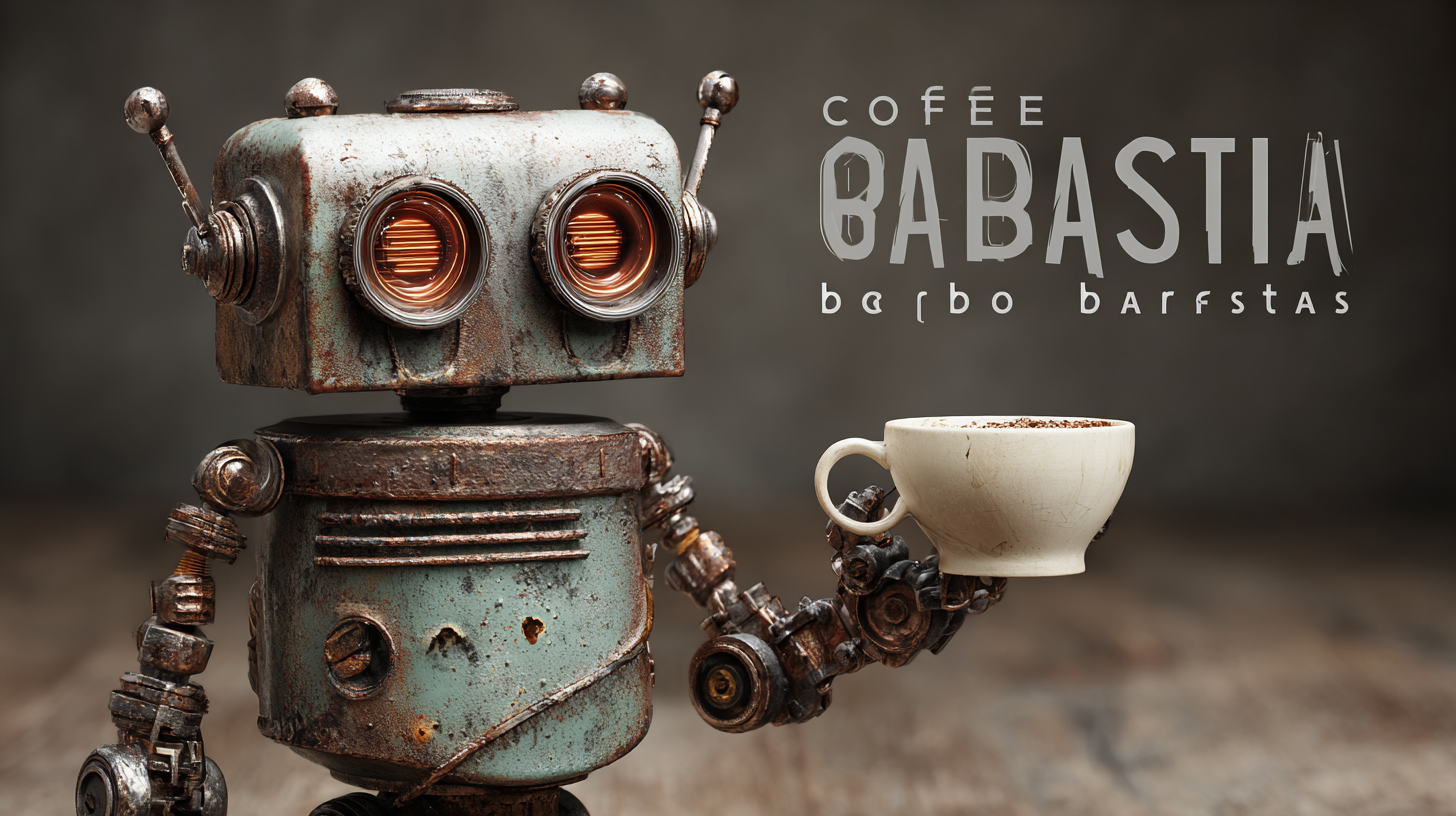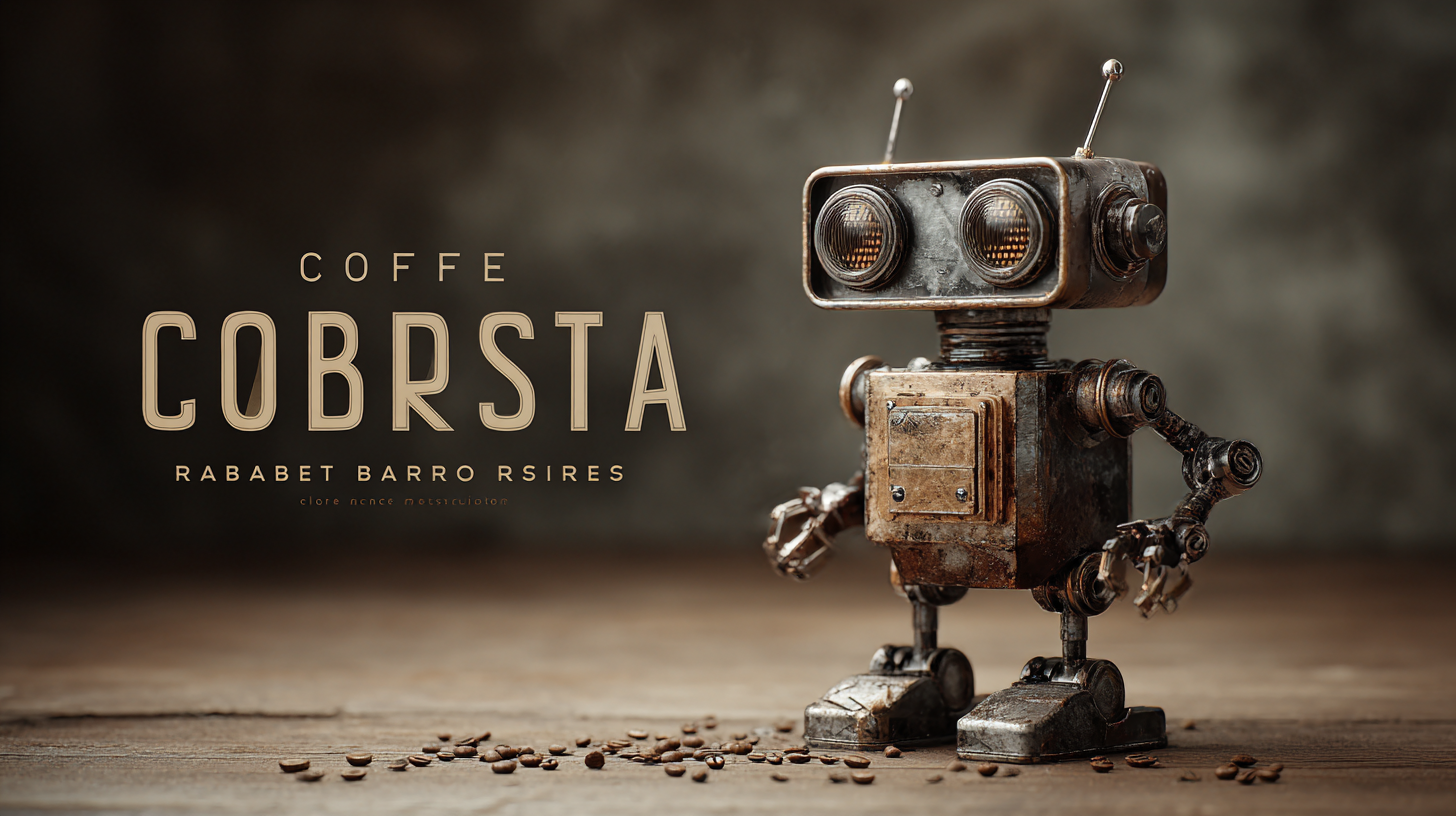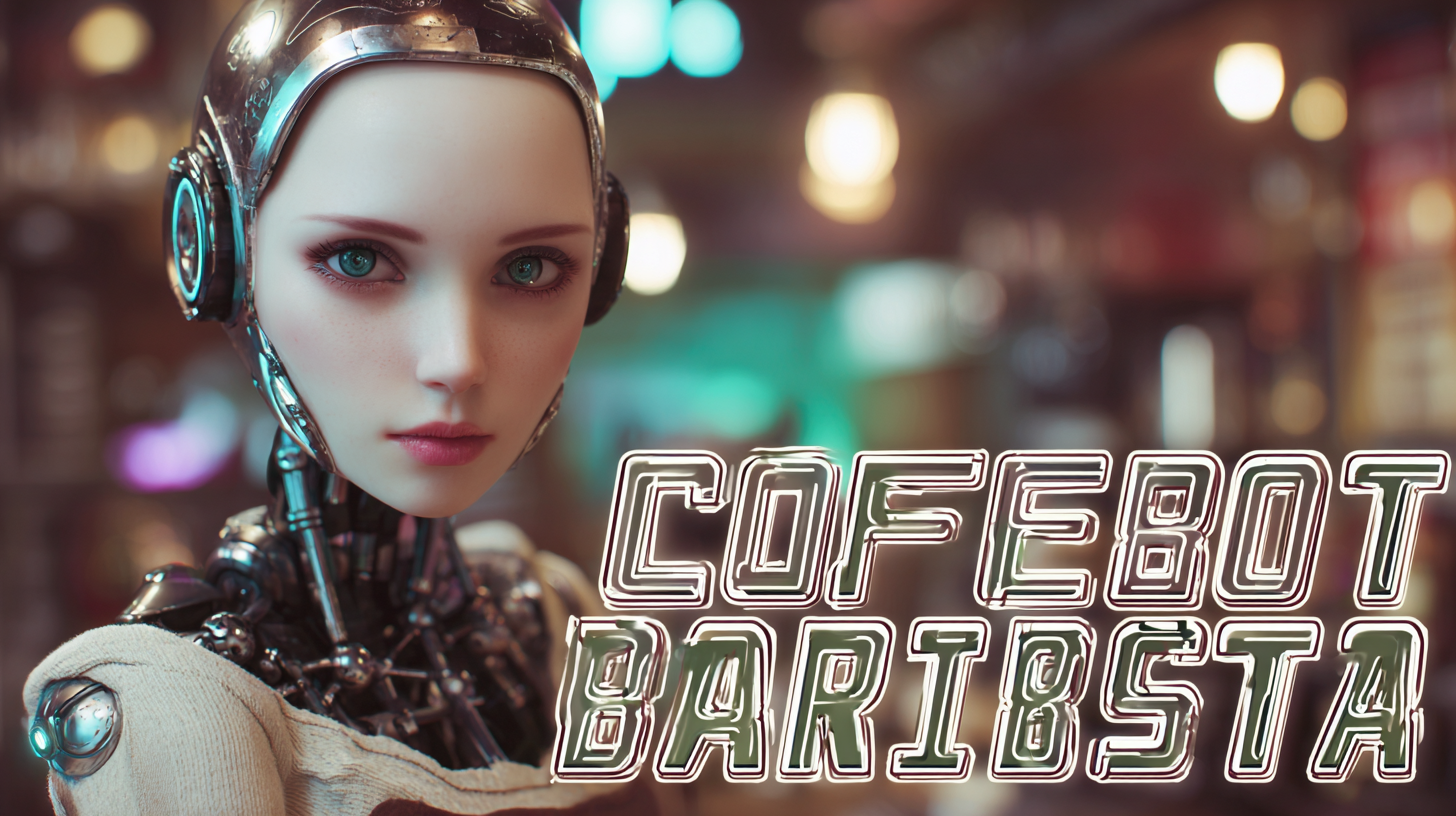Common Issues Faced by Best Coffee Robot Baristas in Busy Cafes
In the bustling ambiance of busy cafes, the rise of coffee robot baristas has revolutionized the coffee-making experience, blending advanced technology with a passion for brewing perfection. However, like any technological innovation, these coffee robot baristas face a range of challenges that can affect their performance and the customer experience. From maintaining consistency in drink quality to managing operational hiccups during peak hours, these robotic baristas must navigate a myriad of issues while striving to meet the demands of coffee enthusiasts. This blog will delve into common issues faced by the best coffee robot baristas, exploring real-world examples and providing insights into how cafes can optimize their operations to ensure a seamless interaction between technology and customer satisfaction.

Challenges of Maintaining Consistent Quality in High-Volume Cafe Environments
In busy café environments, maintaining consistent quality is a formidable challenge for coffee robot baristas. According to a report by IBISWorld, the café industry has seen a 5% annual growth, increasing the pressure on automation solutions to deliver high-quality beverages at scale. With peak hours bringing in a surge of orders, robot baristas must effectively manage not only speed but also the complexity of numerous beverage variations. Consistency is key here, as a single poorly brewed cup can tarnish the café’s reputation and result in customer dissatisfaction, which, according to a study by Deloitte, can lead to a decline in repeat business by as much as 30%.

To combat these challenges, advanced calibration techniques and real-time monitoring systems are essential. A 2022 survey by the Specialty Coffee Association highlighted that 70% of café owners emphasize the need for improved training and technology integration to ensure each cup meets the café's standards. Maintaining the right bean-to-water ratio, adjusting grind size, and ensuring machine hygiene are critical factors that automated systems must continuously optimize. The integration of machine learning algorithms can help robot baristas refine their processes, ensuring that despite the hustle and bustle of high-volume periods, every cup of coffee upholds the desired flavor profile and quality.
Navigating Customer Preferences and Customization Requests Effectively
In bustling cafes, automated coffee robots have become increasingly popular, but one of the primary challenges they face is navigating customer preferences effectively. As consumers become more discerning, their requests for personalized beverages can vary significantly, from specific milk alternatives to unique flavor infusions. A proficient coffee robot must be equipped with advanced algorithms that allow it to recognize and adapt to these preferences while ensuring speed and quality.
Moreover, customization requests can come with time pressure during peak hours, making it essential for robots to be programmed for efficiency without sacrificing customer satisfaction. The ability to quickly learn and remember individual customer preferences, whether it’s a double shot of espresso or an oat milk latte, not only enhances the user experience but also fosters customer loyalty. By integrating smart technology and machine learning, coffee robots can better cater to a diverse range of tastes, transforming the coffee-drinking experience in modern cafes.
Common Issues Faced by Best Coffee Robot Baristas in Busy Cafes
Technical Difficulties: Common Mechanical Issues with Coffee Robots
In the dynamic environment of busy cafes, coffee robot baristas have become increasingly popular, yet they are not without their challenges. One of the common mechanical issues they face is related to their grinding mechanisms. High-volume operations can lead to clogged grinders, which impede the robots' ability to produce consistently good coffee. Ensuring that the grinding systems are well-maintained and monitored for blockages is essential to prevent downtime and maintain customer satisfaction.
Another frequent technical difficulty arises from the calibration of espresso machines integrated within these robots. Inconsistent pressure and temperature can severely affect the flavor profile of the coffee. Regular calibration checks and updates to the software controlling the brewing parameters are necessary to ensure that the robot baristas can deliver the optimal cup every time. Without these adjustments, even the most advanced coffee robots can fall prey to mechanical shortcomings, shaving off the charm of a perfect brew in a bustling café setting.
Workforce Integration: Collaborating with Human Baristas Seamlessly
As coffee culture continues to evolve, the integration of robotic baristas into busy cafes highlights the critical collaboration between technology and human expertise. While robots bring precision and consistency to beverage preparation, human baristas offer the nuanced skills of customer interaction and creativity that machines currently cannot replicate. This partnership creates a harmonious workflow where robots handle repetitive tasks, allowing human staff to focus on providing a personalized experience for each customer.
The key to effective workforce integration lies in understanding each entity's strengths. Coffee robot baristas can manage orders, grind beans, and brew coffee with remarkable speed, reducing wait times during peak hours. Meanwhile, human baristas engage with customers, taking the time to understand their preferences and craft unique drinks. Establishing clear communication channels and workflows is essential for maintaining efficiency while allowing the baristas to exercise their artistry.
Training staff to work alongside robotic coworkers ensures that both can contribute to an exceptional café experience, merging precision with the warmth of human touch.
Adapting to Peak Hours: Strategies for Efficient Coffee Robot Operation
As busy cafes strive to meet the ever-increasing demand for coffee, robotic baristas are becoming more integral to operational efficiency during peak hours. According to a recent industry report, 72% of coffee shop owners noted that employing automated systems significantly reduced wait times and improved customer satisfaction. However, these advancements come with challenges, particularly in adapting to fluctuating peak hours.
One effective strategy for optimizing coffee robot operations is to implement real-time data analytics. By analyzing customer flow and ordering patterns, robotic systems can adjust their output dynamically, ensuring that they can handle surges in demand without compromising quality. Furthermore, as AI technologies evolve, this integration will enable machines to learn from previous experiences, ultimately enhancing their efficiency and the overall customer experience.
In the next decade, as AI becomes more embedded in cafe operations, collaboration between humans and machines will define success. A study projected that the use of AI in the food and beverage industry could lead to a 25% increase in productivity. Embracing this synergy will not only streamline operations but also elevate the art of coffee-making, allowing human baristas to focus on creative tasks that require a personal touch while robots handle the repetitive, efficiency-driven work.

